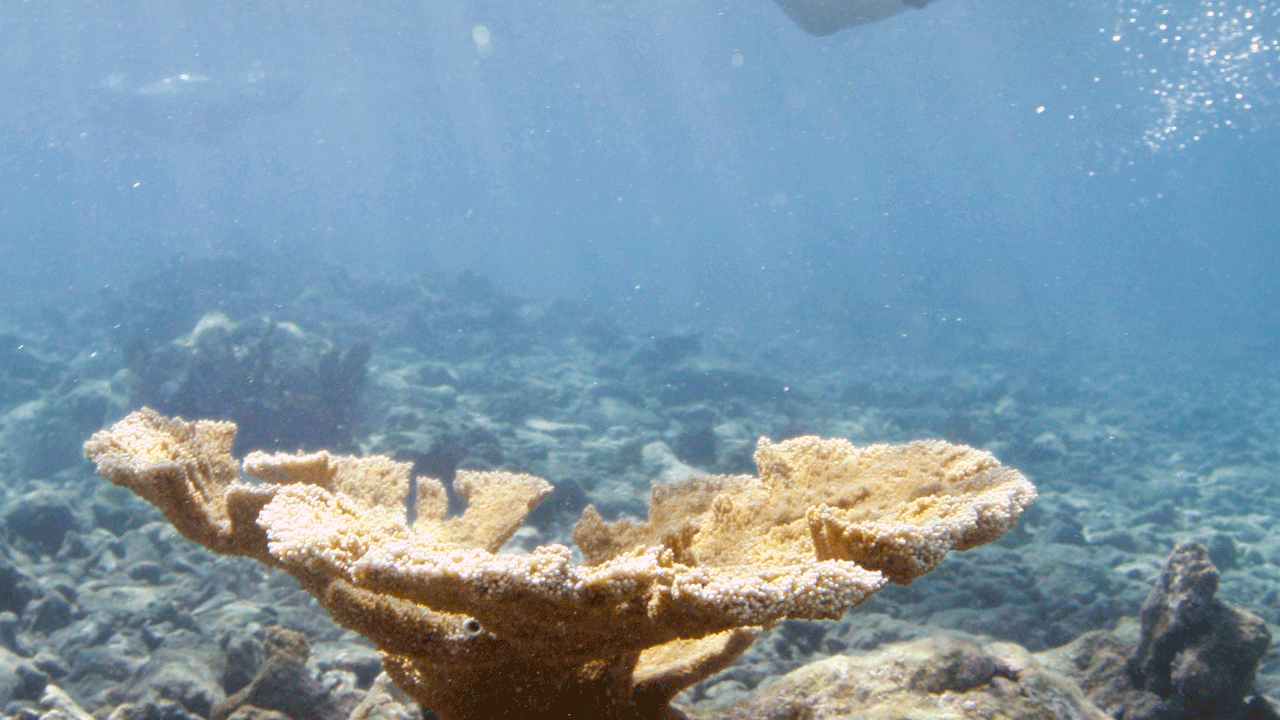MEXICO CITY (AP) — Residents of Mexico’s Caribbean reef island of Banco Chinchorro near Belize have hunted the meat and salmon-pink shells of queen conch for generations. As populations have shrunk in recent decades, Mexico has enforced limits and bans on catching the shellfish.
The species has continued to decline despite these measures, which included a blanket five-year ban on catches in 2012. Still, the queen conch is one of many vulnerable species not included on Mexico’s national endangered species list.
ACTIVIST KNOWN FOR TALLYING HOMICIDES IN MEXICAN CRIME HUB FOUND MURDERED
As Mexico’s environment agency celebrates the country’s biodiversity during Thursday’s national conservation day, conservationists say the government’s own registry for endangered species is too short and too slow to update.
Despite a legal requirement to review and update the list at least every three years, there have been no updates since August 2019. In the meantime, species like the queen conch have lacked federal environmental protection and moved steadily toward extinction.
Activists charge that the Mexican government must be more proactive about protecting endangered species.
The Mexican environment department did not respond to emails and text messages asking why there had not been any updates to the list since 2019.
Officials accept proposals to list species only during set periods for public comment. That system is opaque and slow, said Alejandro Olivera, a marine biologist at the Center for Biological Diversity.
“We shouldn’t have to wait until the government requests for new listings, because species can go extinct or populations can recover from one year to another,” Olivera said from La Paz, on the Gulf of California.
The U.S. Fish and Wildlife Service, by comparison, accepts submissions on a rolling basis, and has to make an initial response within 90 days. It’s still not perfect, Olivera said, but better than a system of submission windows.
“Even if you have the hard data, the scientific information to prove that one species is really endangered, the process is not open,” Olivera said. “You can’t submit the proposal just out of the blue.”
The Mexican government most recently opened a comment window in April 2021, when the Center for Biological Diversity submitted a proposal to list the queen conch, but the group never heard back.
One of the experts convened to adjudicate those proposals was Angélica Cervantes Maldonado, a plant biology professor at Mexico’s National Autonomous University. She acknowledged that it has taken much longer than the mandated three-year period to update the list.
“I know the situation of species is complicated and can deteriorate very quickly, but unfortunately here the regulatory process is much slower,” she said, adding that the department expects to publish updates around April.
Mexico’s current list was written into law in 2010, and has been updated three times since then, once to make it shorter.
While some species like the queen conch aren’t federally protected at all, many more are listed but with a far lesser degree of danger than the science suggests, said Olivera.
The population of elkhorn coral, for example, another Caribbean species, with large, ochre branches growing six feet tall, has declined 97% over the past four decades, according to the U.S. National Oceanic and Atmospheric Administration.
The International Union for Conservation of Nature, or IUCN, lists elkhorn coral as critically endangered, the last step before extinction. Meanwhile elkhorn coral has the lowest level of endangerment on Mexico’s list, despite scientists’ requests to review its classification for at least five years.
Compared to the IUCN, last updated in 2022, the Mexican government lists 250 fewer species as needing some kind of protection, and most fall under the lowest risk category. In particular, Mexico lists 535 species as endangered, its worst risk rating, whereas IUCN lists nearly 1,500 species in Mexico as either endangered or critically endangered.
If a species is included on Mexico’s list in any category, all commercial uses of that species are banned. Higher categories come with greater restrictions, fines and the potential for criminal prosecution. The list also impacts other permitting and pollution regulations, restricting development in areas where listed species are known to live in some cases.
The IUCN says Mexico ranks third in the word for the number of endangered species after Ecuador and Madagascar.
Other Latin American nations also have struggled to square ponderous regulatory procedures with rapidly changing numbers of endangered species.
In 2014, Brazil passed legislation requiring its listings to be revised every year, but since then there has only been one update, said Rodrigo Jorge, a biologist with the government’s environment department.
To expedite the process, Jorge’s team launched an online database of endangered species this August called Salve, which can be updated on a rolling basis. Not every species needs to be studied every year, he said, but it is important that there is a regular opportunity to assess the list and make changes.
With Salve’s help Jorge says Brazil’s list, last revised in 2022, will be updated again next year, the fastest turnaround since the country began categorizing endangered species.
For now, however, no species can be declared “threatened” without going through the official, slower regulatory process, and the listings on Salve do not come with regulatory obligations themselves, instead relying on the “goodwill” of companies, Jorge said.
In the build-up to Thursday’s national conservation day, the Mexican government took to social media to promote its plan to save the vaquita porpoise, a long-time victim of bycatch fishing.
In what it called “an exercise of unprecedented transparency” in September, the department sent delegates to a UNESCO meeting in Saudi Arabia to report on progress protecting the vaquita.
CLICK HERE TO GET THE FOX NEWS APP
Olivera says the government “tells lies or half-truths” and that vaquita populations have continued to decline. “They claim success but… the only way to measure the success of the vaquitas is when we have more vaquitas.”
There are as few as 10 vaquitas left in the wild, all in the Gulf of California.





